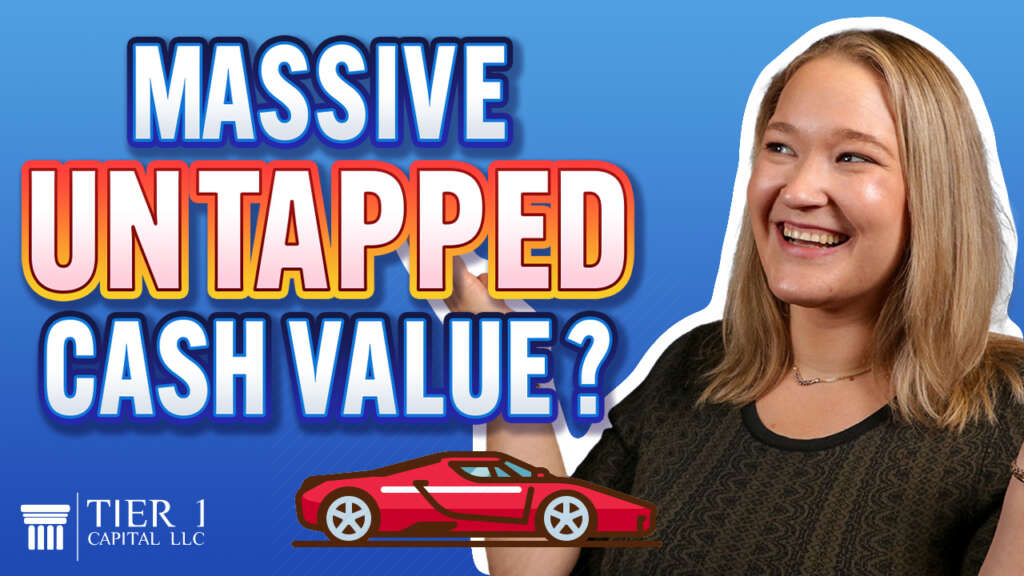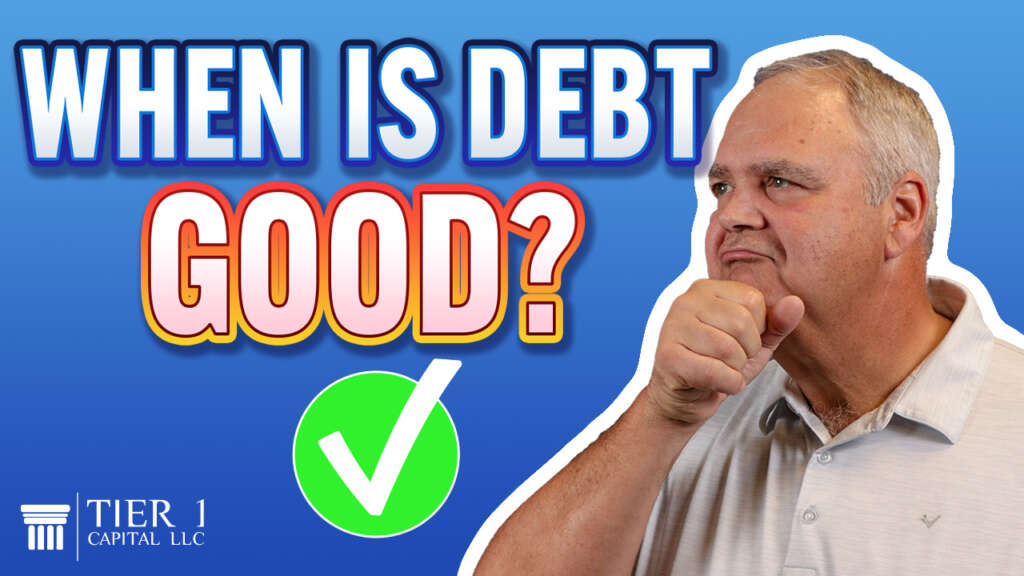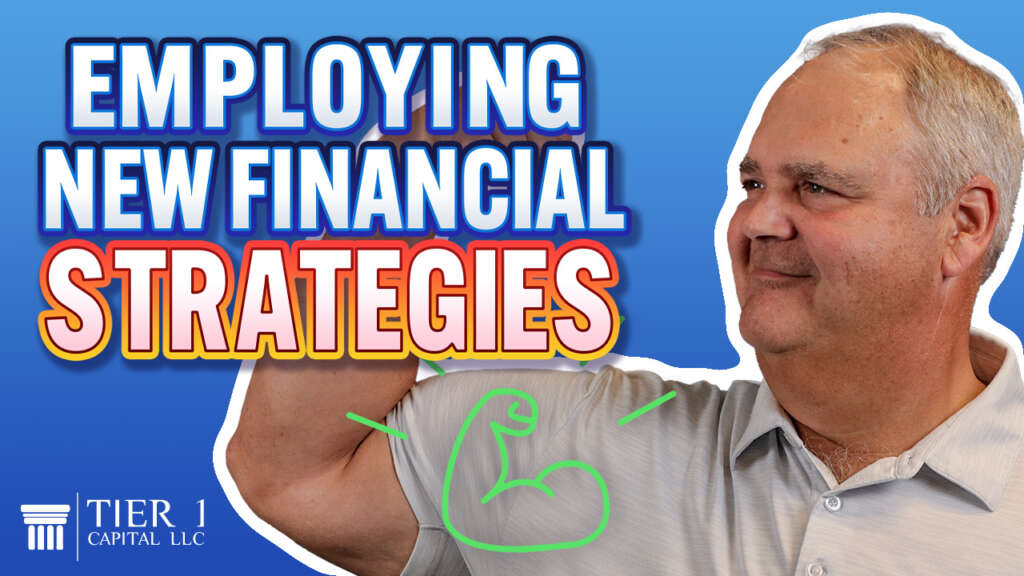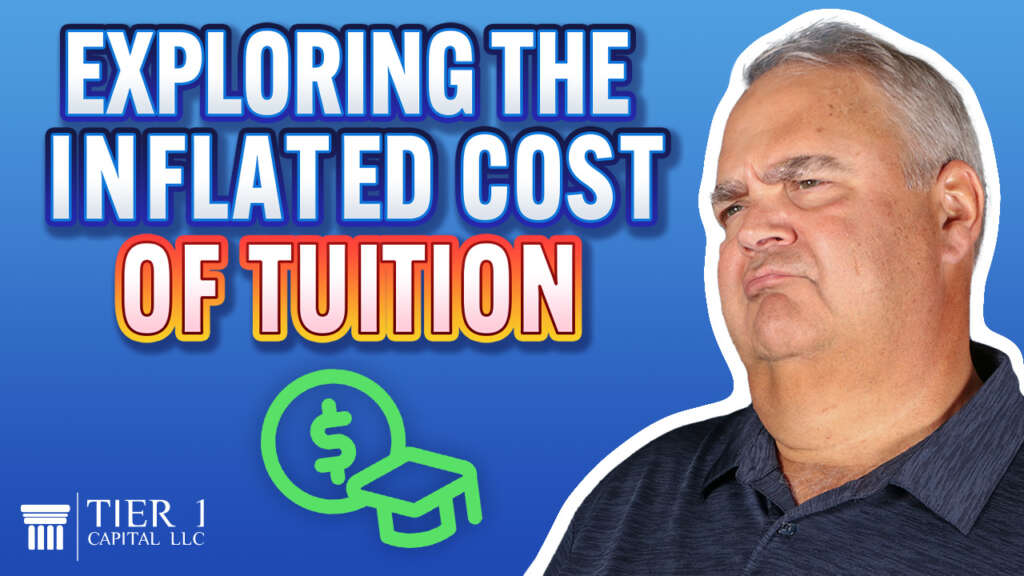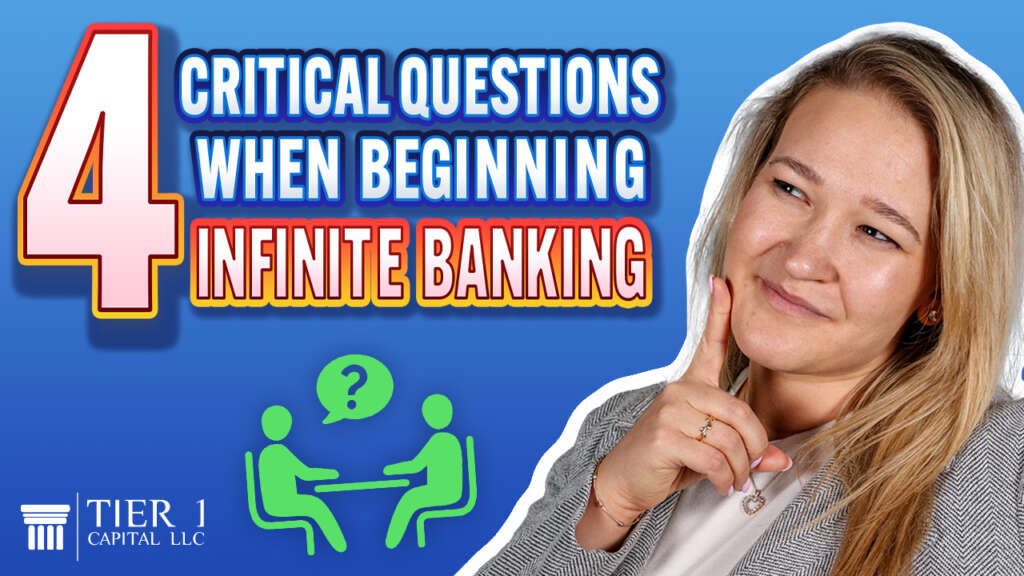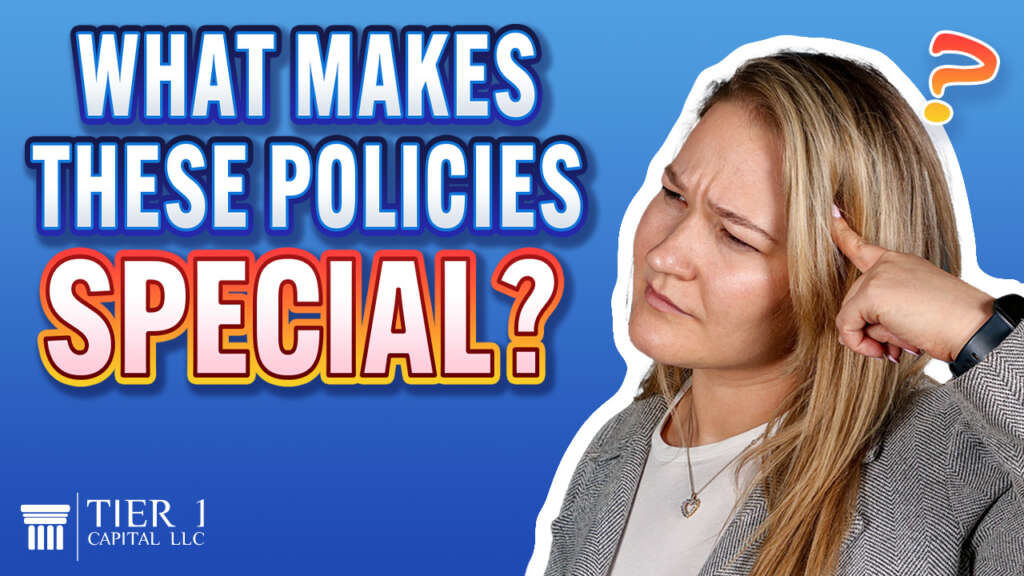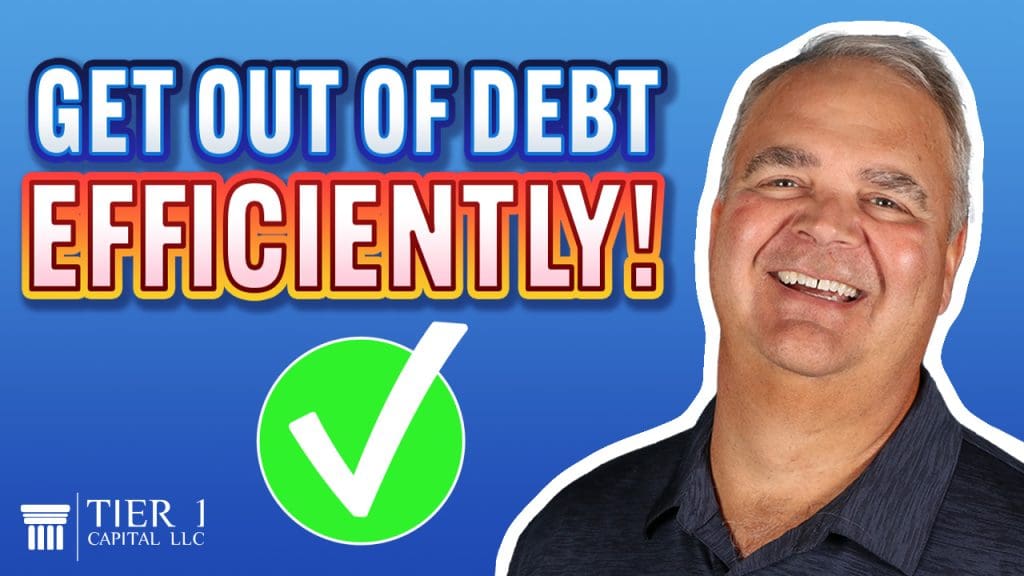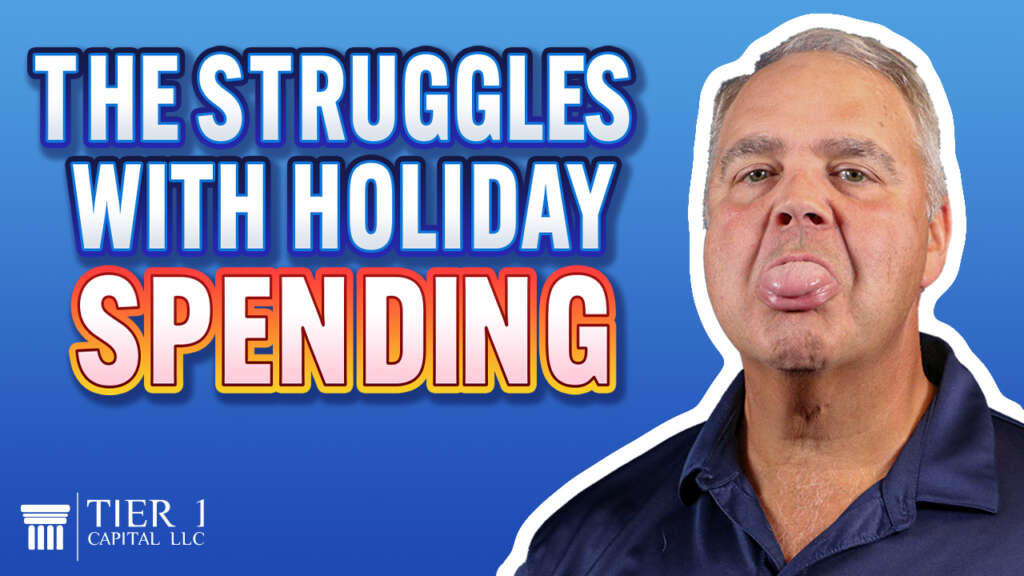
The holiday season is officially upon us. Let’s talk about how to manage spending and how to finance the holiday season because, for many Americans across the country, the holiday season can feel like a major capital purchase.
So how do we make those purchases as efficiently as possible to keep our family in a safe, secure, and moving forward financial position? Let’s start by defining what a major capital purchase is.
We define it as anything you can’t purchase with monthly cash flow, such as the holidays. There are a lot of gifts, there’s a lot of food and often travel that goes into the holiday season. It’s important to make sure your money is working as efficiently as possible, especially during this time that could feel overindulgent in a way.
One of the things that creates the post-holiday hangover is you’re stuck with credit card bills. It’s so easy and convenient to buy whatever you need to buy for the holidays and use that little piece of plastic. Unfortunately, when January rolls around, those bills start rolling in and then you’re hit with the hangover. How in the world do we pay for these things that we already consumed and gave away? There’s no returning the holiday gifts, at least not the ones that you purchase for other people.
In the second quarter of 2023, for the first time in history, American consumers had over $1 trillion in credit card debt alone. Now, we all know how easy it is to get into credit card debt and how hard it could be to get out of credit card debt because the interest rates are astronomical. So even if you’re paying hundreds of dollars per month towards that credit card bill, you could just barely be touching the principal. A majority of that payment is going to Visa or MasterCard.
So here’s one of the big problems that we see so often after the holidays. You get that large credit card bill and you want to get it paid off as quickly as possible. But the problem is all the money that you’re earning, you’re taking and putting it on the credit card balance, So you’re not getting anything new. Unfortunately, it’s zapping all of your cash and your cash flow so that somewhere down the road when an emergency comes up or an opportunity, you don’t have any access to your own money. So what do you do? You go back and use the credit card.
Think about the psychology of this. You’re in a race to get out of credit card debt, only to go back into credit card debt. So here’s my question. Are you making any progress? What’s the solution?
By adding one extra step by first building up a pool of cash that you own and control and that you’re able to access in the future, you’re able to be less dependent on credit for major capital purchases going forward. You could have a pool of cash that you could leverage against, access money, and then start paying and rebuilding that pool of cash instead of paying back Visa and MasterCard.
So here’s the way it works.
You have this pool of cash, cash value in a life insurance policy, you borrow against it to pay off completely your credit card balance in January. Now, you’re not racking up those high-interest rate charges. Right now the current interest rate is somewhere around 5% for a policy loan. But more importantly, now, every payment you make back to the insurance policy is building or replenishing the equity that you borrowed against. So somewhere down the road, when you do have an emergency or an opportunity comes by, now you have access to money that you could utilize to take advantage of the opportunity or to take care of the emergency.
It gives you the best of both worlds lower interest and the cash flow payments are actually building equity for you. At the end of the day, it’s not what you buy. It’s how you pay for it that really matters.
If you’d like to get in control of your finances so that you’re no longer controlled by the system, but rather in control of this process of financing purchases, be sure to schedule your Free Strategy Session today.
And remember, it’s not how much money you make. It’s how much money you keep that really matters.



